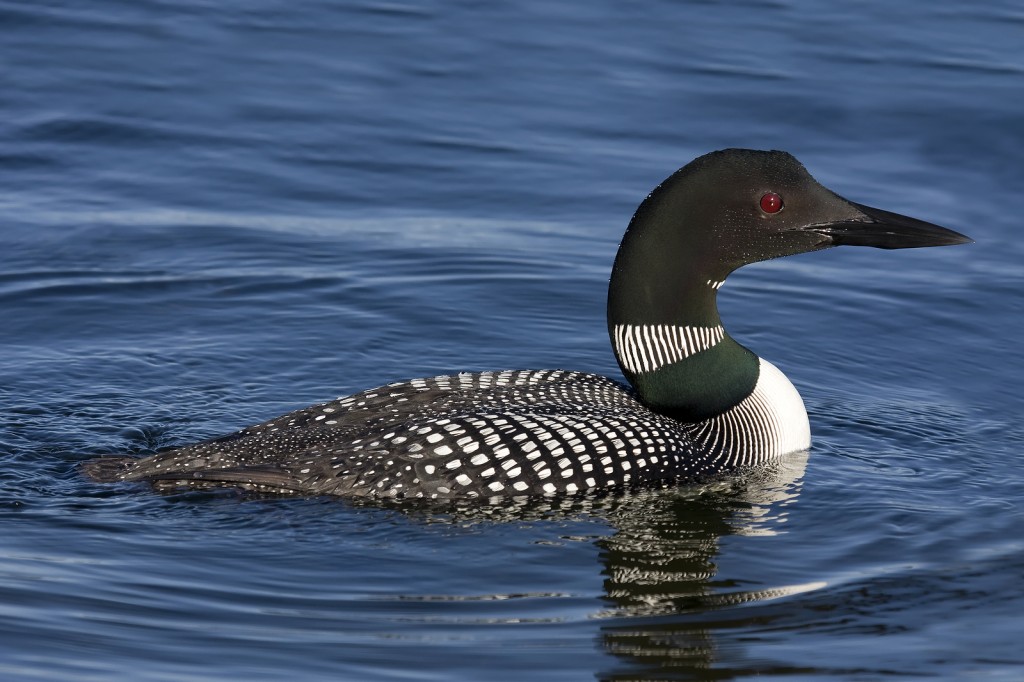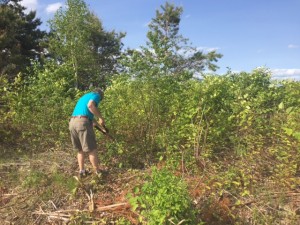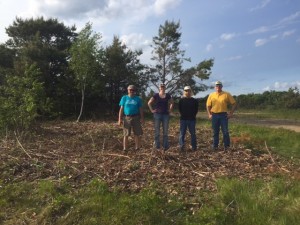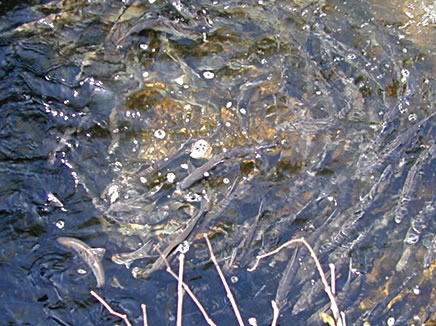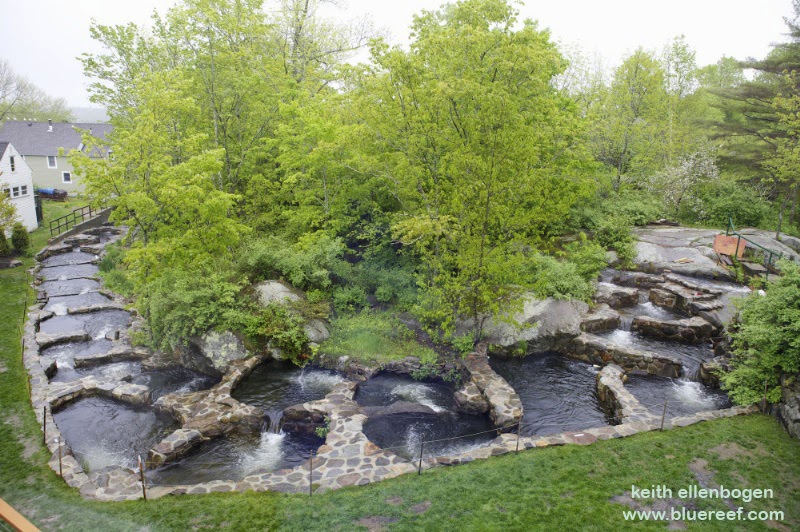“I found that it was as well for me to rest on my oars and wait his reappearing as to endeavor to calculate where he would rise…” – Walden (from the chapter Brute Neighbors and its famous “Pretty Game” section, where Thoreau plays with a loon on Walden Pond)
The bird breaks surface ten feet to the right of my bow. On this nearly windless day beneath a bright sun, the sudden stir of water startles me, breaks a reverie brought on by repeated paddle strokes and the silky parting of my boat’s passage. My boat and vision settle; there he is, looking at me, loon.
Later, I’ll learn that he is probably a juvenile in his 2nd year. Loons père and mère are inland on northern lakes during this, their nesting time; their earlier successes are here along the coast, the loon equivalent of high school it seems, waiting their paired, parental turns.
Today, a young loon’s life looks pretty good to me, and for some minutes we pay attention to each other – I sit still in my boat and stare out from the dark little cave of my cap; the loon faces away and angles his head so I’m in view. But he too stays put. As a minute passes, I feel a little thread of connection. Perhaps the loon senses something, because he dives immediately, and I am watching empty water.
Well, I think, that’s as long a close look as you’ve ever had, probably time to press on. And I do just that, pushing my paddle shaft forward, driving the blade on the other side back; my boat sidles ahead. Then, the spirit of the day catches me up again, and I drift.
Here he is again, ten feet to my right. We resume eyeing each other; we drift on the half-knot tide; someone presses pause; another minute passes. Then, he dives again.
Well, that’s surely it, I think. Any more of this and you’ll be calling him brother. Still I drift, reluctant to take any action, to stir any water, to reach for the rest of the day. If I had outriggers to keep me from tipping, I could easily slip into a nap.
Oh, it’s you brother loon. And now I wish I had an offering – a little fish perhaps, a tiny amulet for your neck. I offer instead an awkward attempt at “talk.” My poor tremolo makes you turn your head, as if you can’t quite believe your hearing. I warble again.
Really, his posture seems to say, if you are going to speak, at least learn the language. He dives again, and this time he does not return. A quarter mile away, some seals mutter on their ledge. They sound a bit like dogs. Perhaps they are discussing the odd sound rising from that nearby boat. Perhaps I’ll paddle over for a talk.
Added note in response to a query: I didn’t paddle over to the seals, who were hauled out on a ledge. I know enough not to stress them and their possible pups with my approach, which would make them splash into the water from their ledgy lolling. My narrative ending was more in tribute to the sort of drift-and-muse brought on by my time with the loon, a sort of closeness I’d not experienced before.

